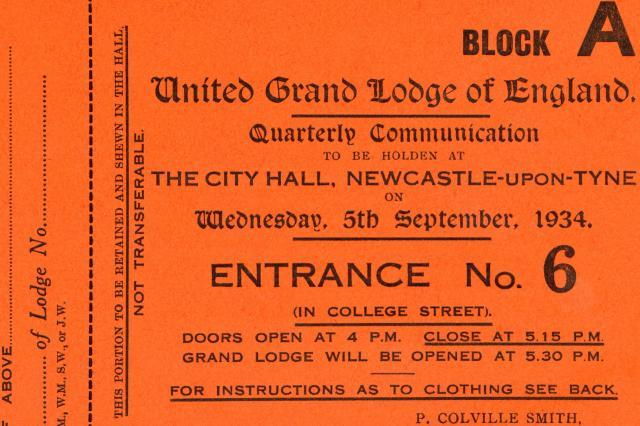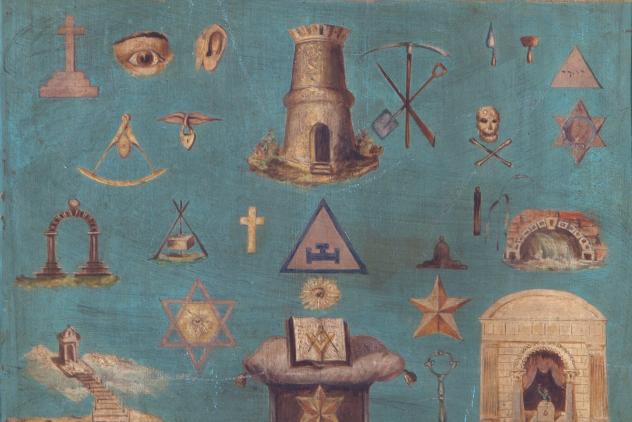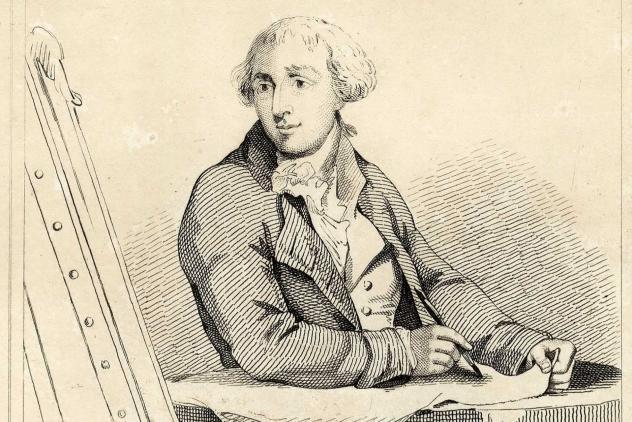On 5th September 1923, with the Pro Grand Master Lord Ampthill in charge, the United Grand Lodge of England held its first Quarterly Communications outside of London. Over 2200 freemasons packed into St. George’s Hall in Liverpool for this historic occasion, which had required a rewrite of the Constitutions.
In the previous century, it was not unusual to hold Grand Lodge meetings outside of London, however, these were always special meetings for a specific reason. Often Grand Lodge met to lay the foundation stone of an important building, for example, the Earl of Zetland laying the foundation stone of the Penshaw Monument near Sunderland in 1844. In 1880 the Prince of Wales laid the foundation stone of Truro Cathedral followed by a meeting of the United Grand Lodge in Truro Town Hall. The Duke of Sussex found the most reasons to hold special Grand Lodges out of London during his tenure as Grand Master between 1813 and 1843. Along with frequent foundation stone ceremonies, he held Grand Lodges to install Provincial Grand Masters, met in Nottingham in 1783 so local freemasons could tell him he was great and in 1841, held a Grand Lodge in York to reprimand members of a local lodge for ballot rigging against candidates.
These were always special meetings because Rule 11 of the Constitutions stated that Four Grand Lodges shall be holden in London, for Quarterly Communications, in each year, viz., on the first Wednesday in the Months of March, June, September and December. In May 1921, Grand Master, The Duke of Connaught, was approached by Provincial members of the Board of General Purposes suggesting that it would benefit the Craft to hold the September meeting of Quarterly Communications outside of London. A special Committee was set up, chaired by Board President Sir Alfred Robbins, which agreed that some meetings could be held outside London and in 1922, after a vote in Grand Lodge, Rule 11 was amended so that the Meetings in September shall be holden in a place as may from time to time be determined by the Grand Master
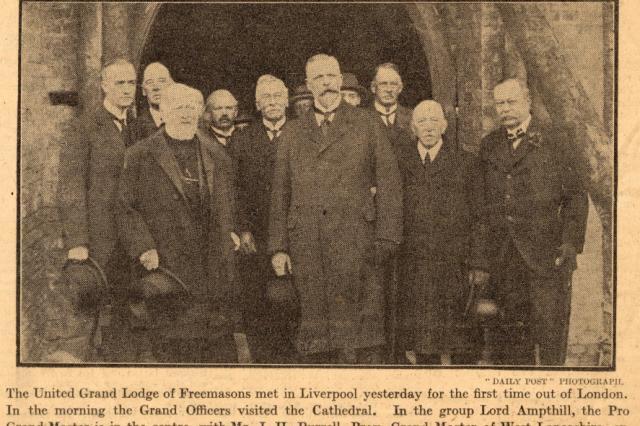
After the Liverpool meeting in 1923, the United Grand Lodge held another four September meetings outside London; at Birmingham in 1928, Newcastle in 1934, Manchester in 1935 and Leeds in 1937. When the idea of these meetings was first proposed some London members of Grand Lodge had suggested they would be poorly attended because no one would want to travel. It proved to be the opposite. The attendance by Provincial members was much higher, with 88% of the 2209 members at the Liverpool meeting being Provincial freemasons in contrast to the 14% of the 765 members who attended the London meeting in September 1922. These meetings were also taking place when freemasonry was going through a growth periods, with membership increasing after the First World War. The old Victorian Freemasons’ Hall had a relatively small capacity and even the new Hall being built only had a capacity of about 1500. The five Provincial meetings were all held in large venues, with the greatest number attending Quarterly Communications at Manchester’s Free Trade Hall in 1935.
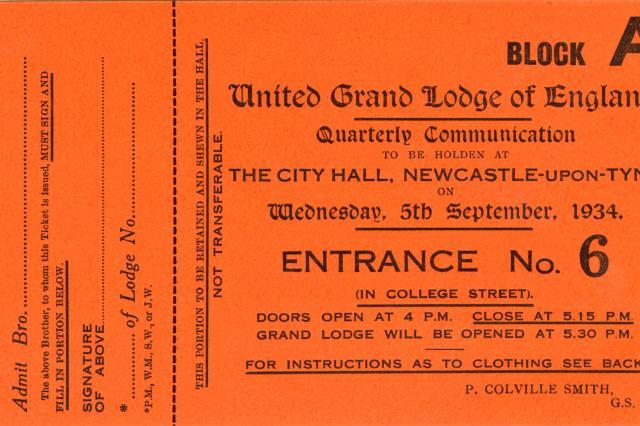
The meetings were successful in bringing Provincial freemasons to Quarterly Communications but they also helped to raise the profile of freemasonry. Alfred Robbins had a background in journalism and was keen to keep freemasonry in the press for positive reasons. The Liverpool meeting attracted plenty of coverage with the Liverpool based Daily Courier reporting that the Mayor of Liverpool entertained the officers of Grand Lodge at the Walker Art Gallery and that West Lancashire was the largest masonic Province. Both the Liverpool Daily Post and the Daily Mail carried pictures of Lord Ampthill visiting stonemasons at Liverpool Cathedral and The Times reported on the earthquake relief fund discussed at the meeting.
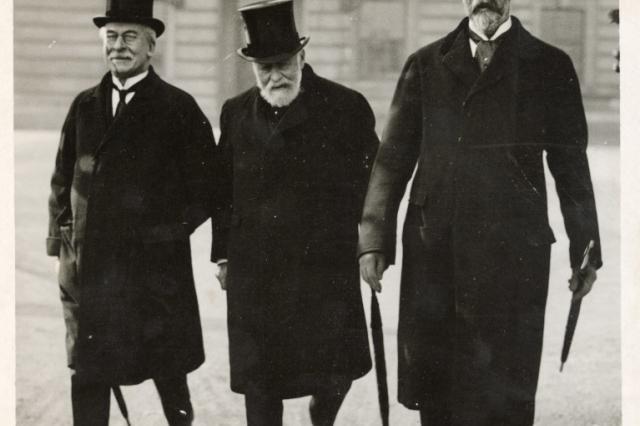
It is not recorded why 1937 was the last of the Quarterly Communications outside of London, although the deaths of Robbins and Ampthill must have been a contributing factor, along with the Second World War. It will be interesting to see the impact this September’s meeting in Cardiff and if it emulates the run that began 100 years ago.
